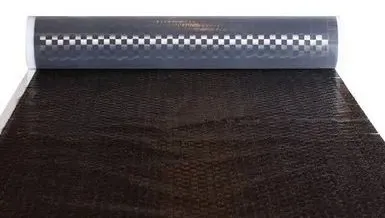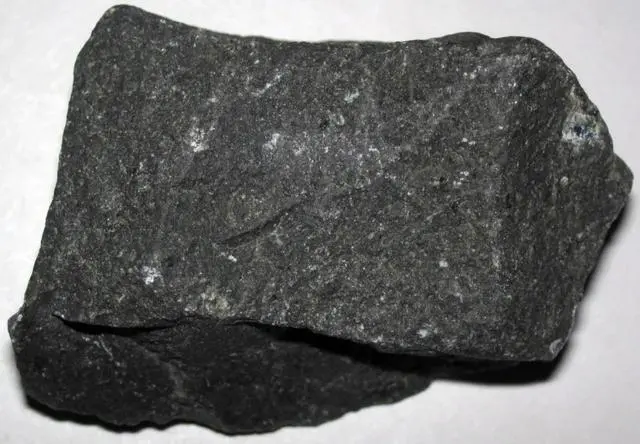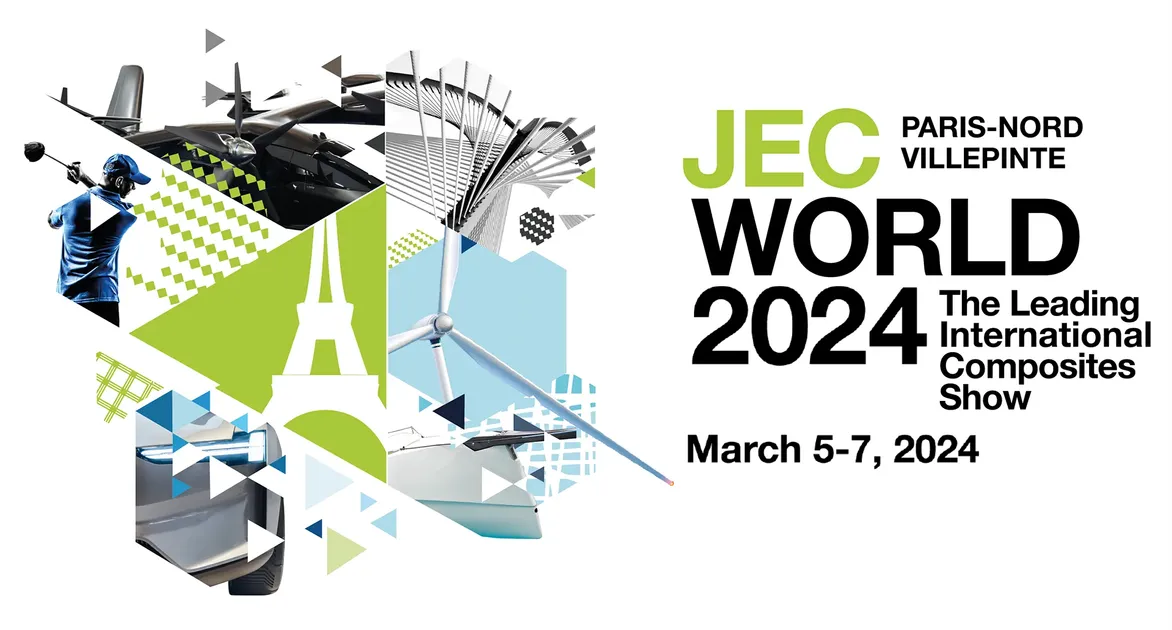TeXtreme (Borås, Sweden) has launched a new ultra-light reinforced fabric aimed at helping composite material manufacturers reduce weight and resources while maintaining durability and enhancing the structural integrity of the produced parts. It is said that products reinforced with TeXtreme are 20-30% lighter than those using traditional carbon fiber reinforcement.
Kerberos Engineering, a company developing space-grade composite satellite subsystem structures, is a customer of TeXtreme. Its specialty lies in deployable satellite solar array structures, for which it integrates TeXtreme 0/90 woven spread tow fabric. This strategic choice of material is said to reduce the resources required to manufacture solar arrays by 90% compared to traditional techniques. The company states that the most significant benefit of this material is the reduction in labor requirements. Meanwhile, traditional unidirectional (UD) prepregs require labor-intensive layer-by-layer application; each layer must be precisely aligned and handled carefully to avoid abrasion and separation, which can lead to extended production time and increased labor costs.

TeXtreme 0/90 features a woven structure and compatibility with vacuum-assisted resin transfer molding (VARTM), simplifying the manufacturing process. This technology enables rapid and even resin infusion, thereby reducing overall labor input and accelerating production speed. With the help of TeXtreme 0/90, the simplified VARTM process can minimize handling complexity and reduce the need for multiple curing stages.
TeXtreme 0/90 also offers material efficiency as the woven fabric can minimize issues such as abrasion and fiber separation common in UD prepregs, leading to material waste. The 0/90 configuration of TeXtreme provides structural integrity and reduces the need for excessive layering to achieve desired performance. By using fewer layers and optimizing material usage, TeXtreme 0/90 aims to meet the performance requirements of space environments and reduce material waste, thereby reducing production costs and environmental impact.









